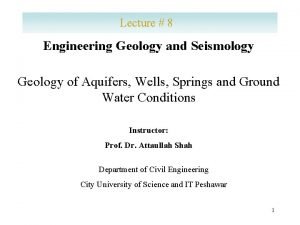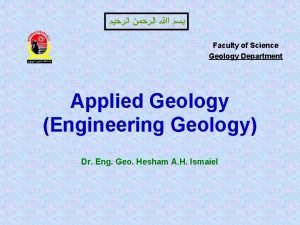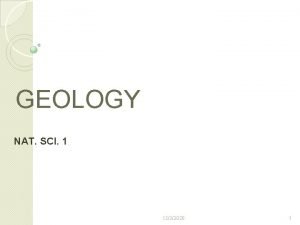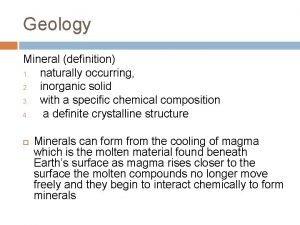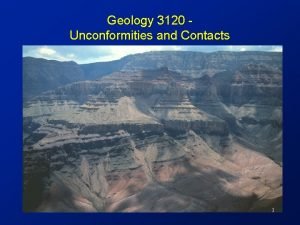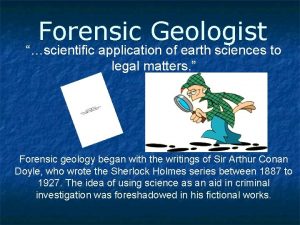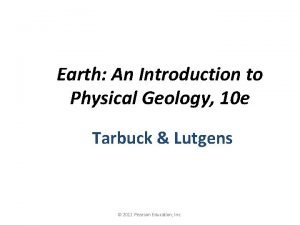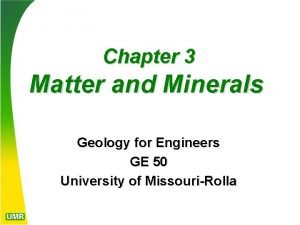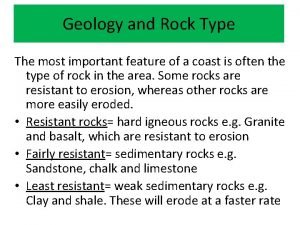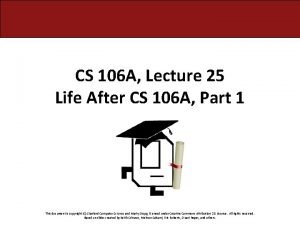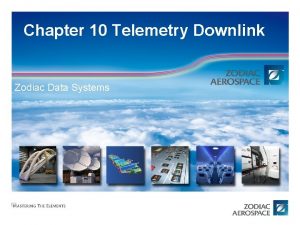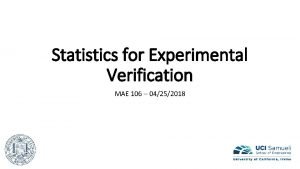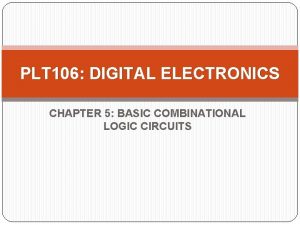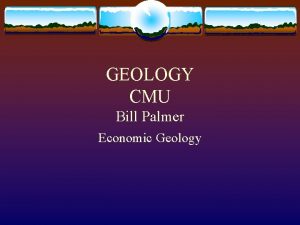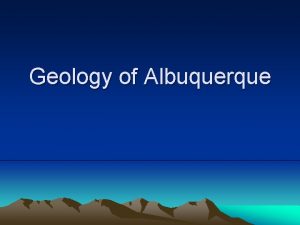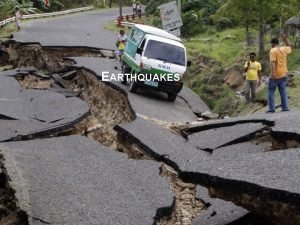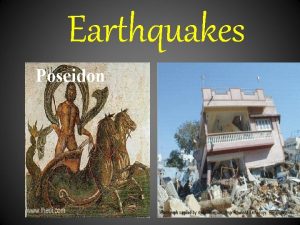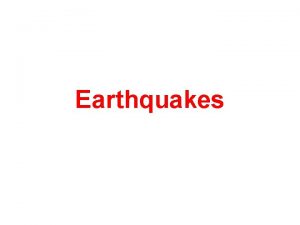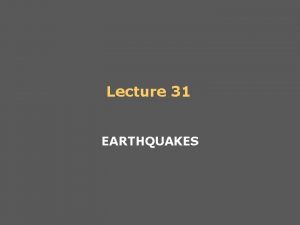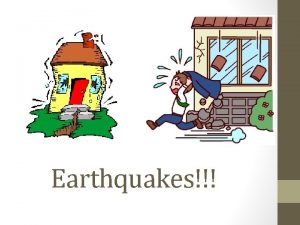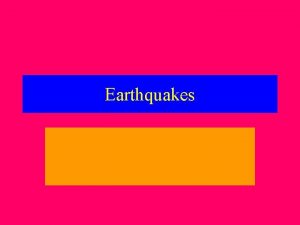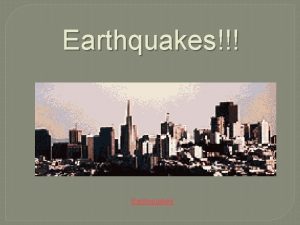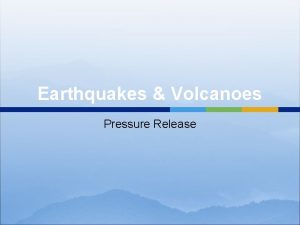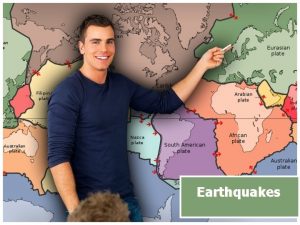Earthquakes Geology Unit Slides 106 123 Earthquakes Definition



















- Slides: 19

Earthquakes Geology Unit: Slides 106 -123

Earthquakes • Definition – Shaking of the Earth’s crust due to the release of built up energy from two plates grinding against one another.

Causes of Earthquakes • Friction between the plates stops them from sliding past one another. • This allows energy to build up in the plates which causes them to deform. • When the plates can store no more energy the two plates snap past one another regaining their original shape, but in new positions » *Called the Elastic Rebound Theory


“Parts” of an Earthquake • Fault – Crack in the Earth’s surface where two plates meet and slide past one another. (transform boundary) • Focus – location beneath the crust along a fault where the energy between the plates was stored. • Epicenter – location on the surface directly above the focus.

Seismic Waves • Primary Waves (P Waves) – – Fastest Travel through solids and liquids Waves have a compressional motion Have the least amount of ground movement (least amount of damage)

Seismic Waves • Secondary Waves (S Waves) – Second fastest waves – Waves can move only through solids – Have a shearing motion

Seismic Waves • Surface Waves (Rayleigh Waves) – – Move only along the surface Slowest, but have the most ground movement Cause the most damage Motion is like that of a water wave

Measurement Scales • Richter Scale – Measures the amount of energy released by an earthquake. – Scale from 1 – 10 – It is an exponential scale, so the amount of energy increases 10 times for each increase in number.

Measurement Scales • Mercalli Scale – Based on the amount of damage caused by the earthquake. – Scale from I – XII (1 – 12)


Earthquake Hazards • Ground Shaking • Foundation Failure (buildings collapse) • Fires (1906 – San Francisco 80% of the city burned down) • Landslides • Tsunami – huge waves caused, generally, by underwater earthquakes




Instruments for Measuring Earthquake Strength • Seismograph – Instrument that measures the amount of ground movement during an earthquake. – Geologists then use the amount of ground movement to determine the strength of the earthquake. (Place it on the Richter Scale)



 A small child slides down the four frictionless slides
A small child slides down the four frictionless slides Each of the boxes shown is pulled for 10 m
Each of the boxes shown is pulled for 10 m Fas 87
Fas 87 Confined aquifer vs unconfined aquifer
Confined aquifer vs unconfined aquifer Geology earth science definition
Geology earth science definition Geology earth science definition
Geology earth science definition Geology definition
Geology definition Inorganic geology definition
Inorganic geology definition Stenos principles
Stenos principles Forensic geologist definition
Forensic geologist definition Unconformity
Unconformity Geology definition
Geology definition Loose solid particles
Loose solid particles Swanage bay geology
Swanage bay geology 106 spelled out
106 spelled out Fahrenheit 451 pages 76-89 summary
Fahrenheit 451 pages 76-89 summary Cs 106 a
Cs 106 a Zodiac telemetry
Zodiac telemetry Mae 106
Mae 106 Plt 106
Plt 106



